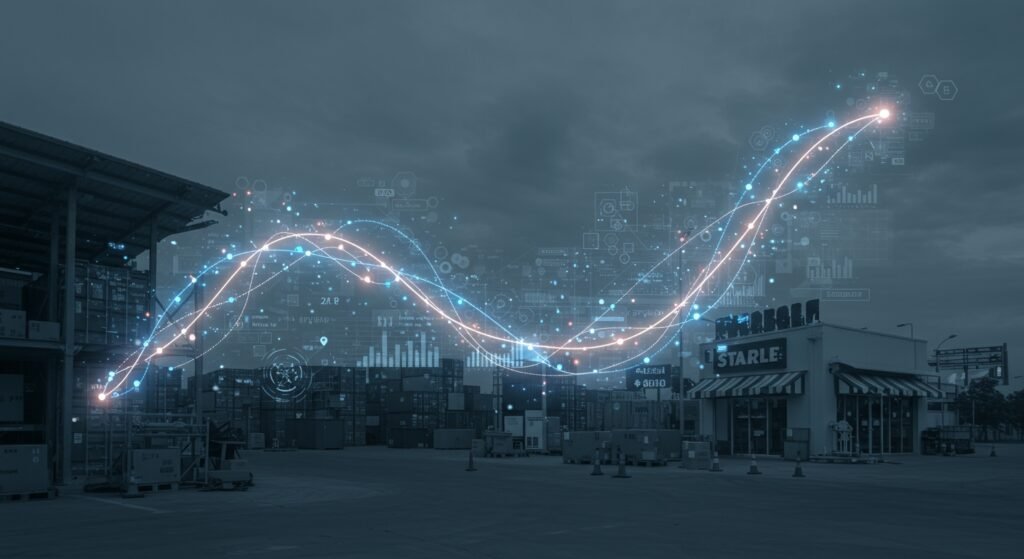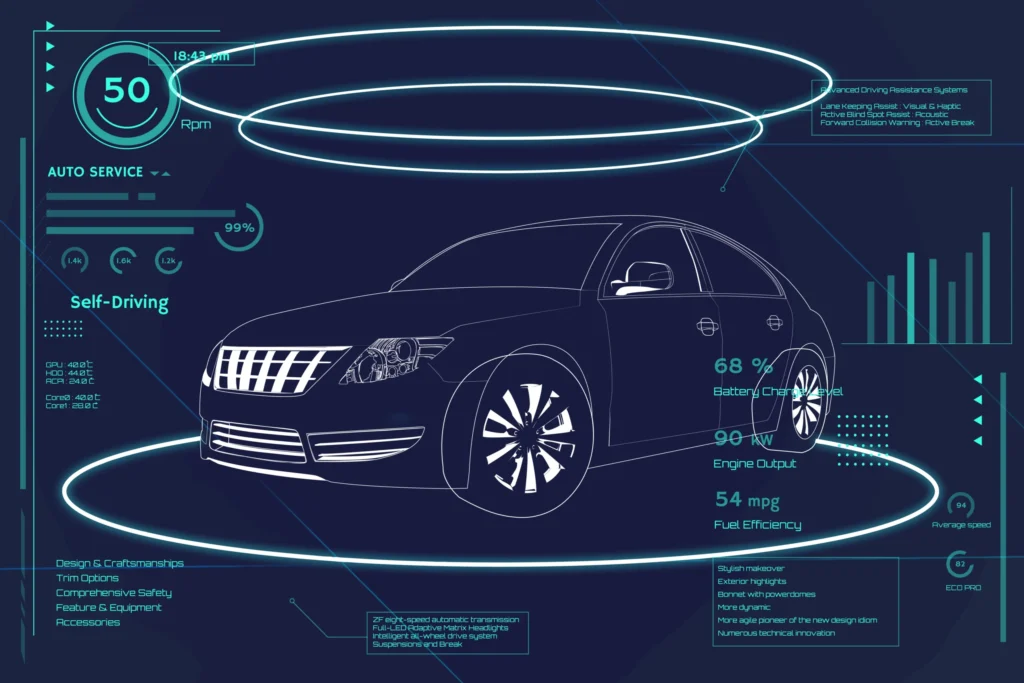AI-Powered Demand Forecasting: 7 Ways to Revolutionize Your Business
In today’s fast-paced global economy, accurate demand forecasting is no longer a luxury but a necessity for businesses aiming to optimize operations, reduce waste, and enhance customer satisfaction. Traditional forecasting methods, often reliant on historical data and statistical models, struggle to keep pace with market volatility and unforeseen events. This is where AI-Powered Demand Forecasting emerges as a game-changer, offering unparalleled accuracy and adaptability. By leveraging advanced machine learning algorithms and vast datasets, AI can uncover subtle patterns and predict future demand with remarkable precision, transforming how companies manage their inventory, production, and supply chains. This article delves into the profound impact of AI on demand forecasting, highlighting its benefits and practical implementation steps.
Table of Contents
- What is AI-Powered Demand Forecasting?
- The Unparalleled Benefits of AI-Powered Demand Forecasting
- Key Components and Technologies
- Implementing AI-Powered Demand Forecasting: A Step-by-Step Guide
- Conclusion
What is AI-Powered Demand Forecasting?
AI-Powered Demand Forecasting refers to the application of artificial intelligence and machine learning techniques to predict future customer demand for a product or service. Unlike traditional methods that might use simple moving averages or exponential smoothing, AI models can process multiple variables simultaneously—including seasonality, promotions, economic indicators, weather patterns, social media trends, and competitive activities. This multi-dimensional analysis allows for the identification of complex, non-linear relationships within data, leading to significantly more accurate and dynamic forecasts. It moves beyond just looking at past sales to understanding the underlying drivers of demand.
The Unparalleled Benefits of AI-Powered Demand Forecasting
The adoption of AI-Powered Demand Forecasting brings a multitude of advantages across various business functions, addressing core challenges in supply chain management and industrial engineering.
Enhanced Accuracy
AI models continuously learn and adapt from new data, leading to a significant reduction in forecasting errors. This improved accuracy means less overstocking (reducing holding costs and waste) and less understocking (preventing lost sales and improving customer satisfaction).
Reduced Waste and Costs
By precisely predicting demand, businesses can optimize inventory levels, minimize obsolete stock, and streamline production schedules. This translates directly into lower storage costs, reduced material waste, and more efficient resource allocation, boosting profitability.
Improved Customer Satisfaction
Accurate forecasts ensure products are available when and where customers want them. This reduces lead times, improves order fulfillment rates, and ultimately leads to higher customer loyalty and satisfaction.
Agility in a Volatile Market
AI systems can rapidly detect shifts in consumer behavior, market trends, or external disruptions (like a pandemic or supply chain shock) and adjust forecasts accordingly. This agility allows businesses to respond proactively rather than reactively, maintaining a competitive edge.
Key Components and Technologies
Effective AI-Powered Demand Forecasting relies on several critical technological pillars:
Machine Learning Algorithms
These are the brains of the operation. Common algorithms include recurrent neural networks (RNNs), LSTMs, ARIMA models, XGBoost, and random forests, each suited for different types of data patterns and forecasting horizons.
Big Data Analytics
The ability to collect, store, and process vast amounts of diverse data is fundamental. This includes internal sales data, ERP data, external market data, social media sentiment, and more.
Cloud Computing
Cloud platforms provide the scalable infrastructure needed to handle large datasets and complex AI model training without significant upfront hardware investment.
Implementing AI-Powered Demand Forecasting: A Step-by-Step Guide
Adopting AI for demand forecasting requires a structured approach. Here’s a general roadmap:
Data Collection and Preparation
This foundational step involves gathering all relevant historical sales data, promotional calendars, external economic indicators, and any other factors that influence demand. Data must be cleaned, transformed, and organized to be suitable for AI model training.
Model Selection and Training
Based on the type and volume of data, appropriate AI/ML models are selected. These models are then trained on the prepared dataset, learning the intricate relationships between various inputs and historical demand. Iterative tuning is crucial here.
Integration and Deployment
Once trained and validated, the AI forecasting model needs to be integrated into existing business systems, such as ERP, CRM, and supply chain management software. This ensures that forecasts are readily available for decision-making across departments.
Continuous Monitoring and Optimization
AI models are not set-and-forget solutions. They require continuous monitoring to assess their performance against actual demand. Feedback loops are essential for retraining models with new data, adapting to changing market conditions, and fine-tuning parameters for ongoing accuracy improvements.
For more insights on broader data utilization, you might find our article on Predictive Analytics Basics helpful in understanding the underlying principles.
| Feature | Traditional Forecasting | AI-Powered Forecasting |
|---|---|---|
| Data Reliance | Mainly historical sales | Historical + external, real-time, unstructured |
| Complexity Handling | Limited to linear patterns | Handles complex, non-linear relationships |
| Adaptability | Slow to adapt to changes | Rapidly adapts to market shifts |
| Accuracy | Moderate, prone to error | Significantly higher accuracy |
| Scalability | Manual, limited scalability | Highly scalable, automated |
Businesses looking to stay competitive and agile in a dynamic market should consider leveraging AI-Powered Demand Forecasting. It’s a strategic investment that pays dividends in efficiency, cost savings, and customer satisfaction.
Conclusion
AI-Powered Demand Forecasting represents a significant leap forward from conventional methods, offering businesses the ability to predict future demand with unprecedented accuracy and agility. By embracing AI, companies can optimize their supply chains, minimize waste, and respond swiftly to market fluctuations, ultimately leading to enhanced profitability and customer loyalty. The path to successful implementation involves careful data management, appropriate model selection, seamless integration, and a commitment to continuous improvement. As technology evolves, AI will only become more integral to smart business operations, making now the opportune time to explore its potential for your organization. For further reading on the broader impact of AI in industry, visit NIST’s Artificial Intelligence Resources.


